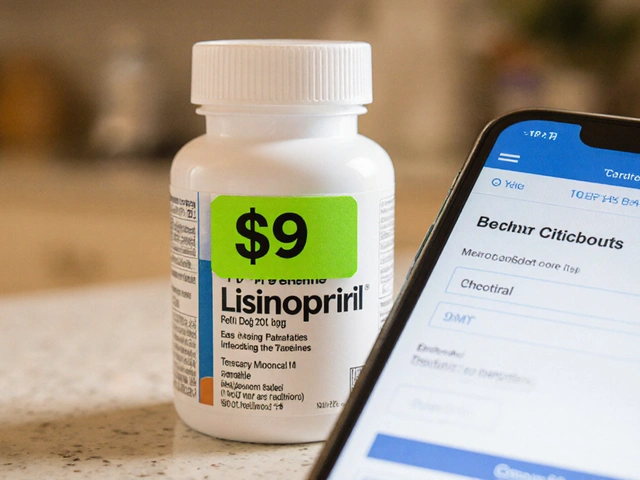Seville Orange: Uses, Flavor & How to Cook With It
Seville orange, often called bitter orange, looks like a regular orange but tastes sharp and very bitter. Chefs love it because the rind and pith hold intense citrus oils that make standout marmalades, glazes, and cocktails. Home cooks who try it once usually remember the bright, slightly floral bitterness that cuts through sweet dishes.
Use the peel for marmalade. The white pith helps set traditional marmalade, and the high pectin level gives a firm jam without extra additives. If you want a quick batch, slice the fruit thin, simmer with sugar and water until the peels are soft, then boil until the mixture thickens. Real Seville marmalade needs time to mellow; refrigeration after cooling improves texture and flavor.
Quick uses and kitchen tips
Grate the zest over roasted pork, salmon, or rice salads for a bitter-sweet lift. Steep the peel in hot water to make a fragrant tea that pairs well with honey. Mix Seville orange juice sparingly into dressings or cocktails—its acidity is stronger than sweet orange, so a little goes a long way. For candied peel, blanch slices three times to remove excess bitterness, then simmer in simple syrup and dry until tacky.
When buying, pick heavy fruits with firm skin; heavier fruit usually means juicier segments. Avoid soft spots and mold. If fresh Seville oranges are hard to find, look for preserved peel jars, bottled bitter orange juice used for mixology, or marmalade from reputable producers. Local farmers markets often have seasonal supplies in late winter to early spring.
Safety, health notes and substitutes
Seville oranges contain bioactive compounds like hesperidin and synephrine. Hesperidin is linked in some research to blood vessel support and antioxidant effects. Synephrine can act like a stimulant, so people taking blood pressure meds or stimulants should check with a clinician before using concentrated extracts. Plain culinary use—zest, juice, and whole fruit in cooking—is generally safe for most people.
If a recipe calls for Seville orange and you don’t have it, use a mix of grapefruit and lemon or add a spoon of marmalade to sweeten the flavor profile. For a bitter kick in cocktails, a dash of high-quality orange bitters or an orange liqueur blended with a squeeze of lemon can work.
Seville orange is small in the global citrus family but big in flavor. Once you understand how to balance its bitterness with sugar or fat, it becomes a reliable tool for turning simple recipes into memorable dishes. Try a spoonful of proper Seville marmalade on warm toast and you’ll see why cooks keep coming back to this old-fashioned fruit.
Store whole Seville oranges at room temperature for a few days or in the fridge up to two weeks. Freeze grated zest in a sealed bag for months. Use leftover marmalade as a glaze for ham or mix into yogurt for breakfast. Seville's bitter edge pairs well with aged cheddar, dark chocolate, and warm spices like cinnamon or star anise. Often.

Citrus Drug Interactions: Hidden Risks Beyond Grapefruit Explained
Worried about your morning orange juice? It's not just grapefruit you need to watch. This article digs deep into how Seville oranges, pomelos, and tangelos can seriously mess with medications, not just statins. With surprising stats, practical tips, and a dose of Austin personality, this guide will help you avoid risky interactions while still enjoying your favorite fruits.
Read More




